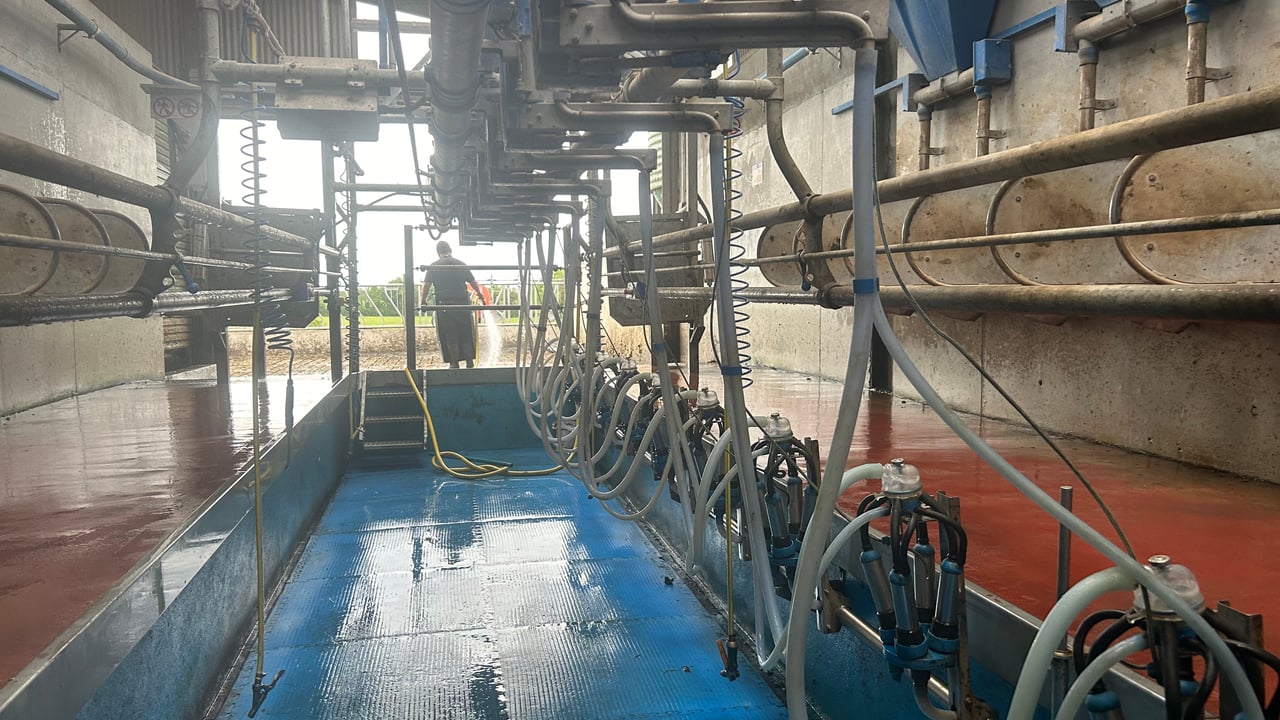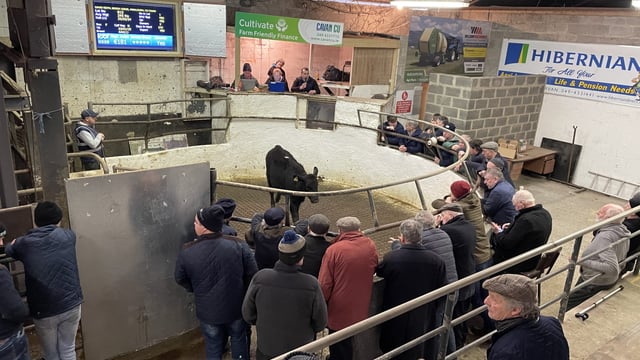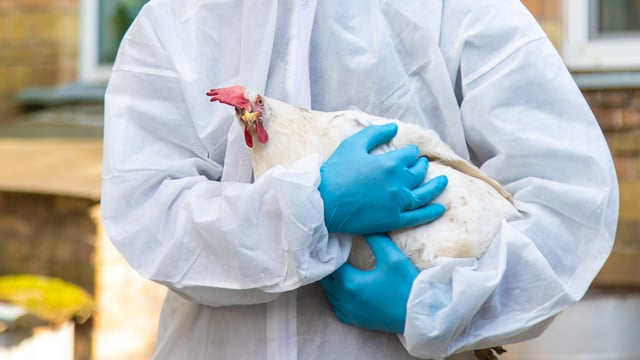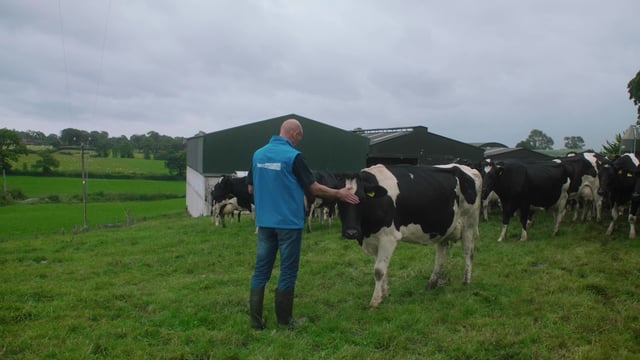Dairy advice: When to do your first milk recording of 2025
Coming towards the end of February and nearly a month into calving, farmers should begin thinking about scheduling a milk recording this spring.
Taking an early milk recording within 60 days of the calving start date can be massively helpful, even if a good number of cows are still waiting to calve.
The data that can be pulled from a milk recording is vitally important when it comes to breeding decisions, culling decisions, antibiotic usage, and general health and welfare indicators.
By carrying out a number of milk recordings throughout the year, farmers can improve milk solids, lower their somatic cell count (SCC) and total bacteria count (TBC) and have the capacity to make more informed and data-driven decisions.
Regulations around antibiotic usage have changed in the last couple of years, which means an emphasis needs to be put on understanding and controlling cell counts in your herd.
Milk recording roughly costs about €12/cow/year but should not be seen as a cost on the farm. It can also be a nuisance during milking when there is a lot going on in the parlour at this time of the year, but certainly, the benefits outweigh the cons.
While it might be the busiest time of the year and the mere thought of undergoing a milk recording during the calving schedule may be daunting, farmers should not wait until every cow on the farm has calved before carrying out their first herd test.
Valuable information will be provided in the early lactation milk recording which will give a strong indication on how the dry period went.
Cure rates and new infections will also be captured in the milk recording in the first 60 days after calving, along with information on transition cow management.
Having an understanding of how your drying-off method went the previous year is critical to try and make improvements for drying-off at the end of this coming year.
Having the data at hand will also tell you whether hygiene and cleanliness in the dry cow shed was sufficient and whether the cow's diet during her transition period provided the energy required.
Animal Health Ireland advises farmers to undergo six milk recordings, as follows:
- Two milk recordings to evaluate the dry cow management;
- Two recordings to improve milk quality;
- Two recordings to safely dry off the cows.
An early milk recording is crucial for farmers to start creating their breeding programmes. This is because, in most herds, dairy sexed semen straws are being used on the top performing cows, and then beef sires for the remaining.
Most farmers are now only breeding the number of replacements they need for the farm with very few breeding excess heifers.
You should be breeding replacements from only the best cows in the herd to obtain the quickest increases in genetic gain and in general, by now, the best cows in the herd have probably already calved down.
High dairy beef index (DBI) bulls that are well-balanced for calving difficulty and carcass weight are advised that for the remaining herd a good quality dairy beef calf is should be produced.
Constant tracking of SCC of each cow will identify repeat offenders and could decrease the herd’s SCC and improve milk price if decisions around culling and treatment are made rapidly after the data is received.
The farm summary after each recording highlights the areas of excellence in terms of mastitis control and the areas that can be improved.
It also adds up the daily loss occurring due to these high SCC cows, giving a clear indication of what can be gained financially from preventing infection.
Repeat offenders and problem cows should be marked for culling and cows that are producing high solids with low SCC should be marked for a potential dairy straw.





